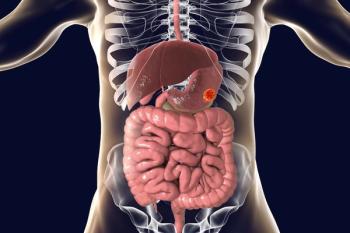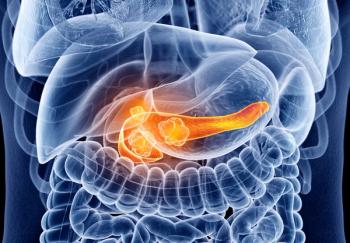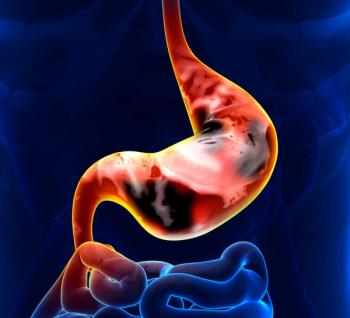
Potential New Target Identified in Pancreatic Cancer
Researchers have identified a potential new method for treating pancreatic cancer, using calcium to overload pancreatic cancer cells and, thus, induce cell death in cancerous cells while sparing healthy cells.
Researchers have identified a potential new method for treating pancreatic cancer, using calcium to overload pancreatic cancer cells and, thus, induce cell death in cancerous cells while sparing healthy cells.
The key to this discovery, made by Jason Bruce, PhD, from the Physiological Systems and Disease Research Group at the University of Manchester, and colleagues, was identifying the “power source” for calcium pumps in the cancer cells that keep calcium levels low, assisting in cell survival.
According to background information in the study, maintaining a low concentration of calcium is key to cell survival. Plasma membrane Ca2+ ATPase (PMCA) is a protein in the plasma membrane of cells that removes calcium from the cell. PMCA is fueled using adenosine triphosphate (ATP).
Prior research has shown that many cancer cells, including pancreatic cancer, shift from ATP produced from mitochondria metabolism to a glycolysis ATP. Mitochondria generate approximately 90% of a cells’ energy in normal healthy cells. However, in pancreatic cancer cells it is thought that PMCA may have its own supply of glycolytic ATP, and it is this fuel supply that gives cancer cells a survival advantage over normal cells.
“Designing drugs to cut off this supply to the calcium pumps might be an effective strategy for selectively killing cancer cells while sparing normal cells within the pancreas,” said Bruce in a prepared statement.
In order to determine whether pancreatic cells were fuelled by mitochondrial or glycolytic ATP, the researchers used pancreatic tumor cells to test the effect of mitochondrial and glycolytic inhibition on cell death. The results of the study were
Mitochondrial inhibition had no effect on cell death compared with control experiments. However, the researchers found that glycolysis inhibition induced ATP depletion, an irreversible increase in calcium, and ultimately cell death.
“Collectively, the present study suggests that glycolytic ATP synthesis is critically important for maintaining PMCA activity and low resting Ca2+, in human pancreatic ductal adenocarcinoma cell lines,” the researchers wrote. “Furthermore, these findings are translational and provide insights into a potentially new therapeutic avenue for the treatment of pancreatic ductal adenocarcinoma.”
Newsletter
Stay up to date on recent advances in the multidisciplinary approach to cancer.
















































































